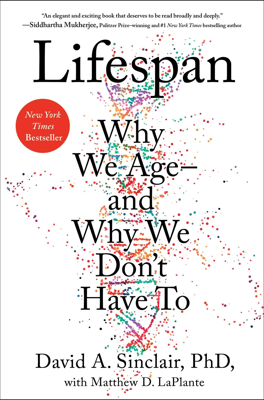The Shape of Things to Come
The Future Possibilities and Growth Trajectories
The chapter delves into a conservative mathematical examination of how different emerging technologies independently contribute to prolonging a healthier lifespan. It suggests fundamental shifts in predicting the escalation of human lifespans. DNA monitoring, for instance, will allow early detection of diseases, drastically improving healthcare effectiveness and potentially extending life expectancies.
The expectation that aging isn't an unavoidable aspect of life could shift how people approach their health and lifestyle, positively impacting their longevity.
Economic Gains from Healthier Lifespan
Scientific advancements aimed at delaying aging could have wide-reaching economic benefits. Estimates predict a potential $7 trillion economic gain over fifty years in the U.S. alone from delaying aging. This projection considers delayed diseases, the reduction in healthcare burdens, and an increase in active working years.
The potential benefits go beyond economic, promising social and comprehensive health advancements that span all generations and radically shift the labor market dynamics.
Changes in Society and Work
Optimistic scenarios posit no upper bounds to human population sustainability, emphasizing adaptations in technology and social systems over environmental constraints. Innovation is seen as a crucial factor in supporting an increasing population, transcending traditional limits.
Reshaping Retirement and Work
The chapter discusses the effect of increased lifespans on the workforce and retirement paradigms. As longevity increases, so does the potential for older individuals to contribute to the economy longer, changing perceptions of aging within the workforce.
Revolution in aging could facilitate large-scale benefits such as greater intellectual contributions, prolongation of skilled labor, and broader societal participation from the aging population, effectively turning age-related economic concerns into areas of growth.
Cultural Shifts and Perceptions of Aging
It is argued that longer lifespans could usher in a shift towards viewing aging as a continuation of productivity and engagement rather than a decline. This shift supports the notion of leveraging the experience and wisdom of the older population as valuable resources rather than seeing them as economic burdens.
The Urgency of Correct Policy and Innovation
The chapter concludes by highlighting the urgency for accurate policies and innovative solutions to harness the benefits of extended lifespans. It prompts a reevaluation of societal structures, healthcare policies, economic systems, and cultural attitudes towards aging.
In summary, "The Shape of Things to Come" projects an optimistic yet realistic future where the aging population is not a burden but a boon. Technological, economic, and social shifts could significantly enhance the quality of life and economic productivity, heralding a future where age is seen as an asset, not a liability. This paradigm shift requires thoughtful policies and innovations to realize the full potential of a society where longer, healthier lives are the norm.
